How will dining at restaurants look like in Corona times?
New – safer – way of pandemic dining:
It seems that the Coronavirus has come to stay. Therefore, restaurateurs have to study how to get back to hosting diners during the pandemic. They cannot turn back time. Dining at restaurants at this stage will look different, much the same as in the travel and hotel industry that I went into in my last post. What are possible scenarios of a new way of dining in the time of Corona? Here is an overview of what it might look like.
In a first step, legal requirements must be followed when it comes to dining at these times. Beyond that, there is a myriad of ways to handle the current situation in the gastronomy. It matters to me to show what might be feasible from a restaurateur’s point of view yet also what could be desired from a customer’s perspective.
Will the new way of dining be only temporary?
While the new era of dining out has already begun in Asia, certain European countries – Austria and Switzerland –

are on the verge of reopening their restaurants. America however still has a way to go in this respect. Chances are that many pandemic measures in restaurants will remain. A quick return to old times of dining out does not seem likely. As a consequence, restaurant owners need to carefully consider how to shape their reopening regime.
The Asian approach of pandemic dining
As Asian countries are one step ahead of European ones, it makes sense to look how they handled the situation. Hong Kong might be a good model as it plays some sort of east-west bridge function.

In Hong Kong diners must have their temperatures checked. They also have to sign a health declaration form using a freshly sterilized pen, provided by the restaurant. It is mandatory that tables are spaced one-and-a-half meters apart. Alternatively, plastic panel setups on the tables can be used to protect from possibly contracting the Coronavirus. The maximum party size is four. Both servers and guests wear masks. Diners are allowed to remove them to eat and drink only. For this purpose, some dining-outlets offer envelopes for placing them. Staff sanitizes surfaces every half-hour. If restaurateurs do not follow the government rules, this can bring a high fine and time in jail. These measures are effective until May 7 so far.
While this regimen appears rather rigid for western countries, there is no way around adapting some of it for recreating the dining room as a safe space in Europe and America, too.
Government rules in Europe regarding eating out in Corona times
Austria and Switzerland are among the first countries in Europe that will open their restaurants after the lockdown. Compared to the measures in Hong Kong, the rules in Austria and Switzerland seem less tough.
In Austria, restaurants will reopen as from May 15. Parties of four adults plus own children are allowed. And you have to keep one meter distance from guests at other tables. You cannot just show up in dining-outlets but you have to make reservations beforehand. Restaurants must close at 11pm and bar service
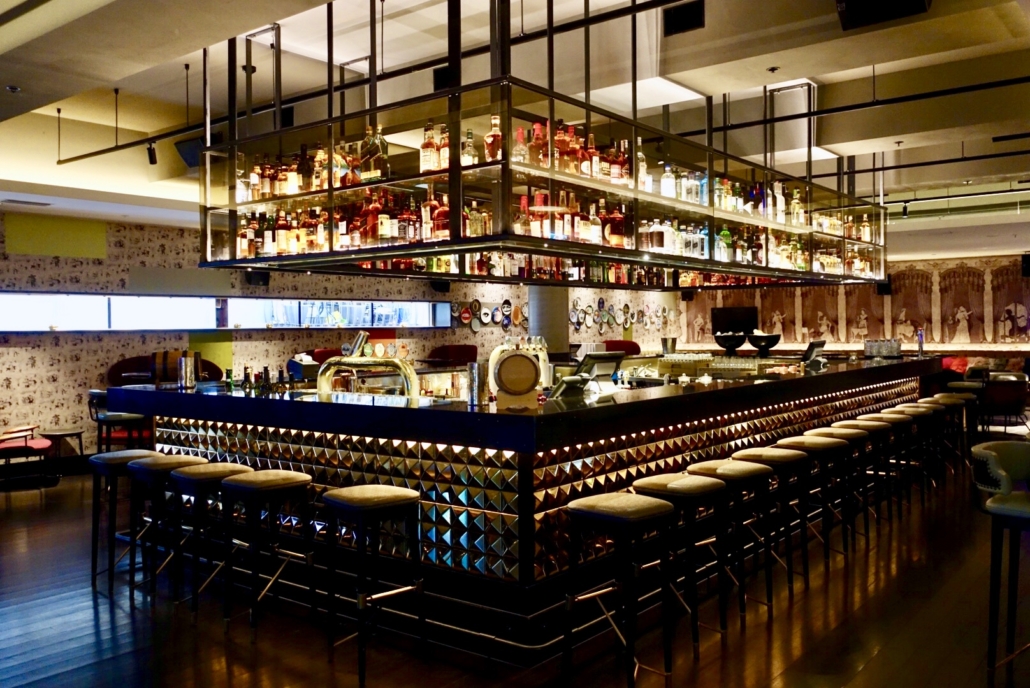
is not possible. Whereas the staff has to wear face masks, the guests do not.
In Switzerland, the reopening of restaurants will take place on May 11. The maximum of diners per table is four. In case parents come with their children, they can all sit together (but with no additional diners). Only sit down service is allowed. Tables must be spaced two meters apart or separated by partitions.
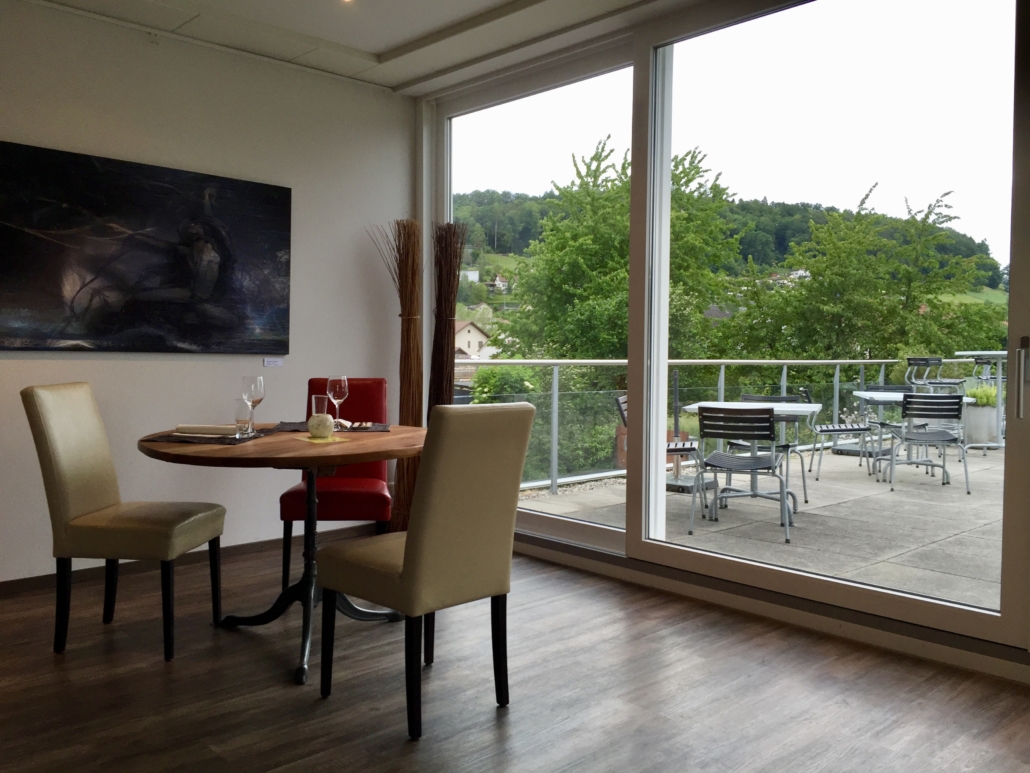
The employers’ association in the gastronomy, GastroSuisse, has just issued a safety protocol with further rules and strong advices. Amongst others, restaurant guests can deposit their personal data in a database (voluntary, changed May 8) or are urged to use face masks in certain situations. The Federal Council decides on May 27 how to continue in the restaurant industry in more detail.
A point that seems unclear is the liability issue. What happens if a customer gets sick after dining at a restaurant? Is there a restaurateur’s liability for such a case? Of course, each country has to clarify this legal question individually.
Time will tell whether the regimen in these two countries is sufficient to protect from contracting the Coronavirus. It goes without saying that the mentioned Government rules are only a minimum. It needs more measures to provide real safety. Dining outlets must be ready not only to re-open, but to re-open right. Only so people will feel comfortable visiting restaurants. What are possible adaptions that restaurant owners have to take to prepare for a safe and sustainable re-opening?
What helps customers regain confidence in dining out?
There is a whole package of measures that restaurateurs can undertake to get diners back through the door. Above all else, it is necessary to draw up guidelines for recreating the dining room as a safe space.
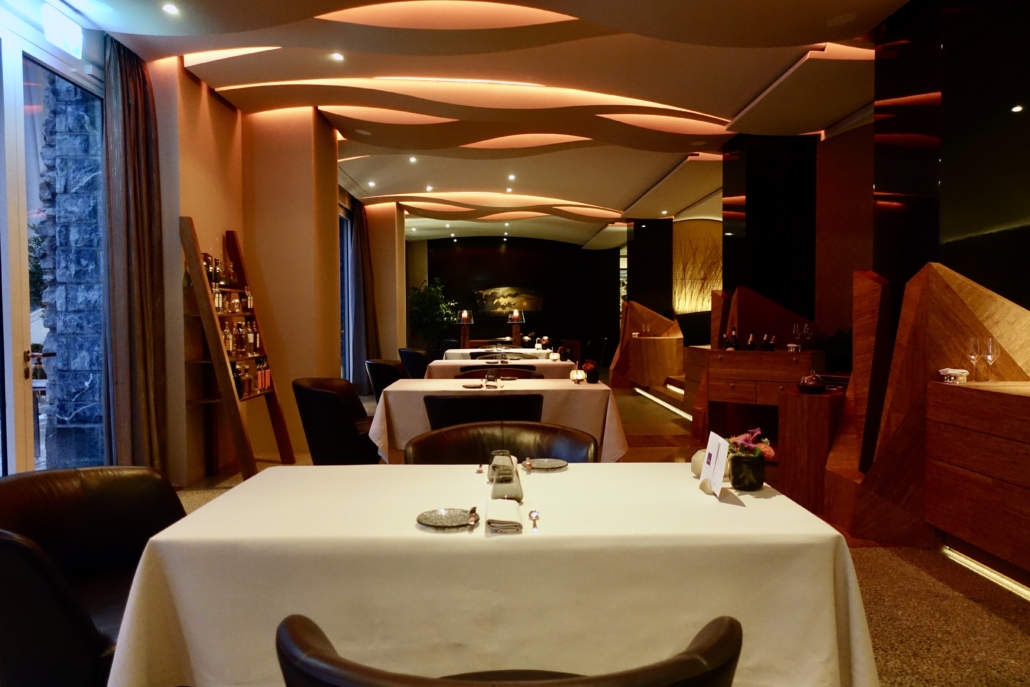
Workers and diners likewise need protection. Apart from implementing the above mentioned Government rules, restaurant owners have to work out a concept for the “new dining out”. This might include following adaptions.
Reservations and Paying
If you have so far accepted walk-ins, you might consider introducing reservations. Think about what technology could help you in this respect. An online booking system for example allows not only an easier customer management, but it is also suitable to trace a possible chain of transmission. And it satisfies a guest need, too!
As to customers’ personal data it is essential to register it anyway, even if you do not opt for a reservation system. It might be necessary for contact tracing if infection occurs.
As to taking payments, aim to go cashless and contactless at the same time. Reflect on what kind of technology might add value to your business and whether it is worth investing.
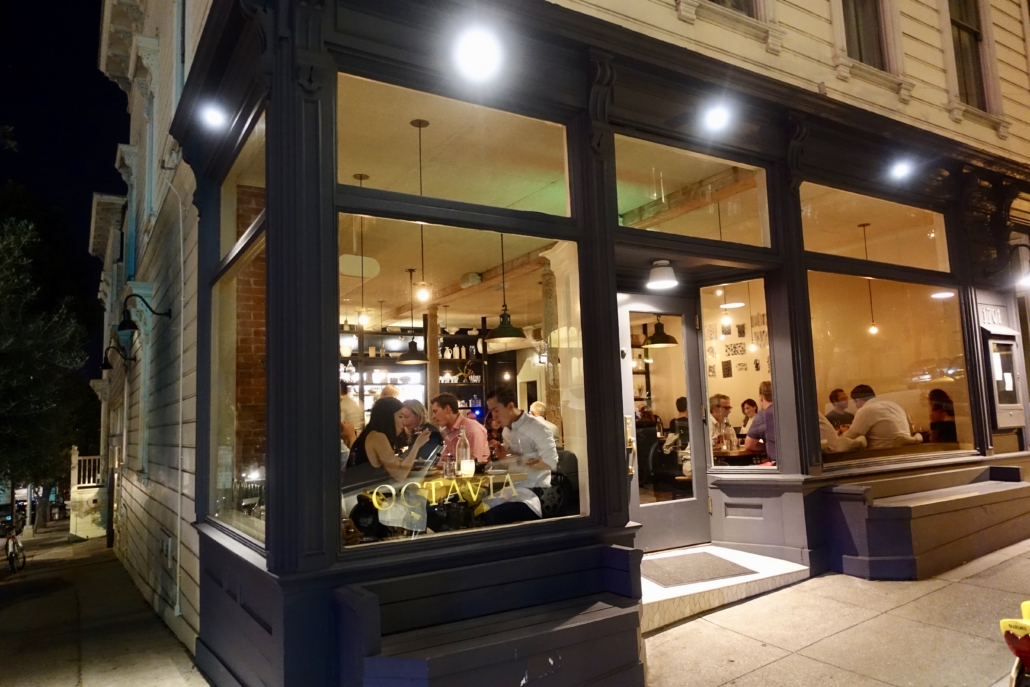
Dining areas
In many cases, the table spacing is given by Government rules. As a consequence, many restaurants are only able to work at 50% capacity. This may not be profitable but helps them to stay afloat. It might be not really an option to wait to reopen until they could operate at full capacity as this will most probably take a long time.
In case you are concerned about profitability, ponder about faster table turns. You might envisage introducing fixed-timing dining, i.e. allocate time slots for dining, e.g. from 6pm to 8pm and from 8pm to 10pm. Perhaps purse the idea of different menus for certain times, e.g. 3-course menu from 6pm to 8pm, 4-course menu from 8pm to closing time and the big tasting menu starting between 6pm and 7pm. Maybe even a ticketing system would be feasible where diners book and pay in advance for a tasting menu (perhaps grant a small discount for doing so).
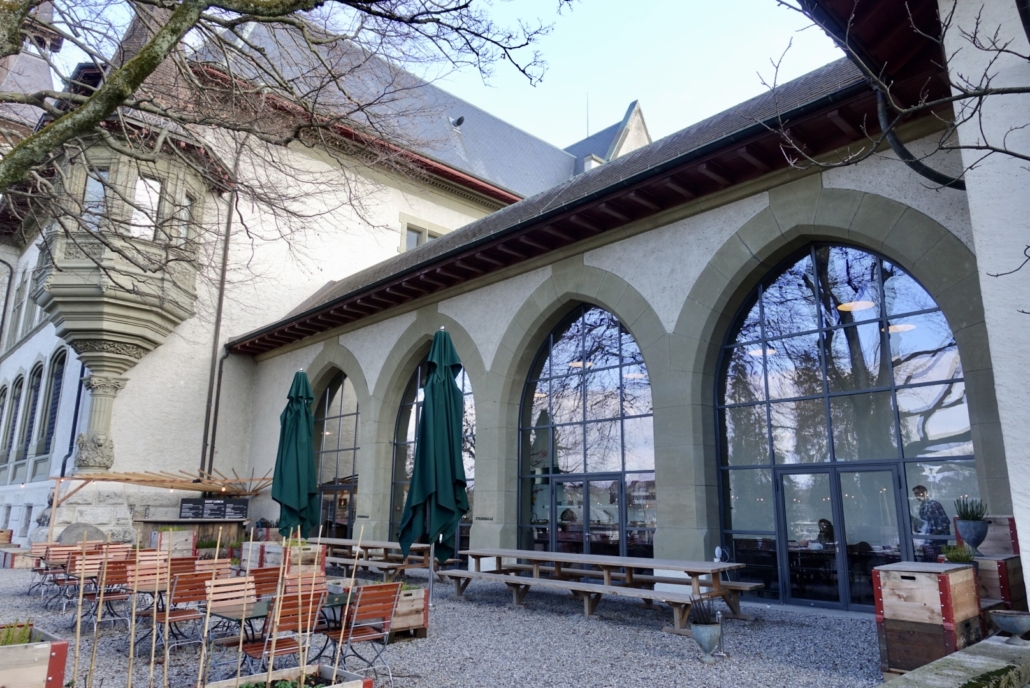
If you have any outdoor space, now it is the time to spruce it up. Make sure that it is looking its best as customers will be more likely to want to sit outdoors than indoors if weather permits.
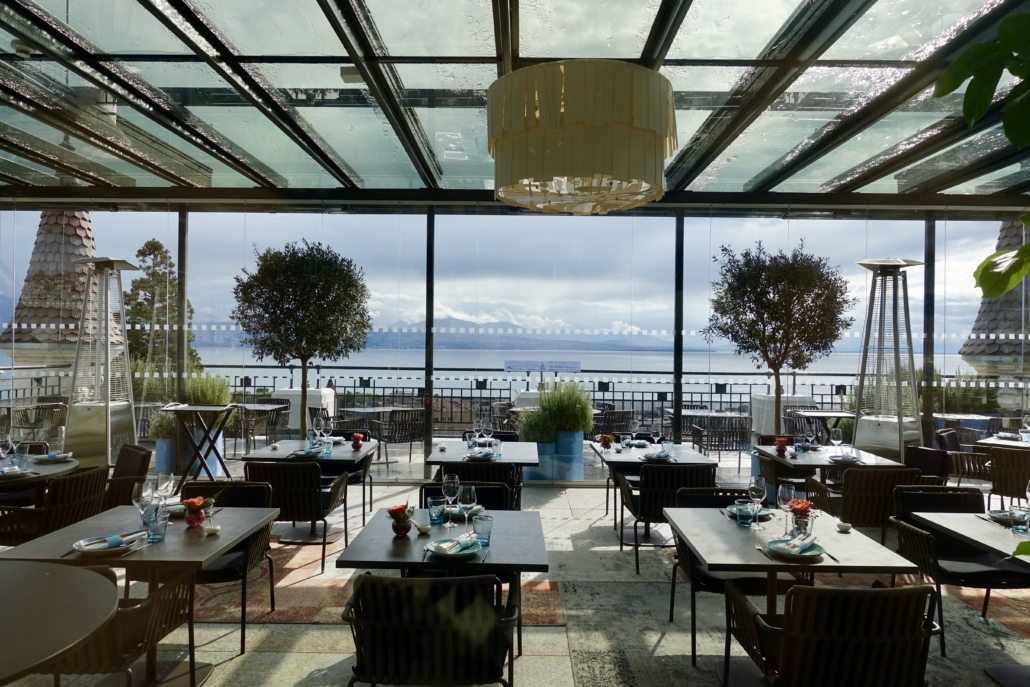
And it probably goes without saying, keep everything clear and clean. Put a hand disinfectant dispenser at the entrance. Avoid placemats that are not machine-washed after usage. Eliminate salad bars and buffets,
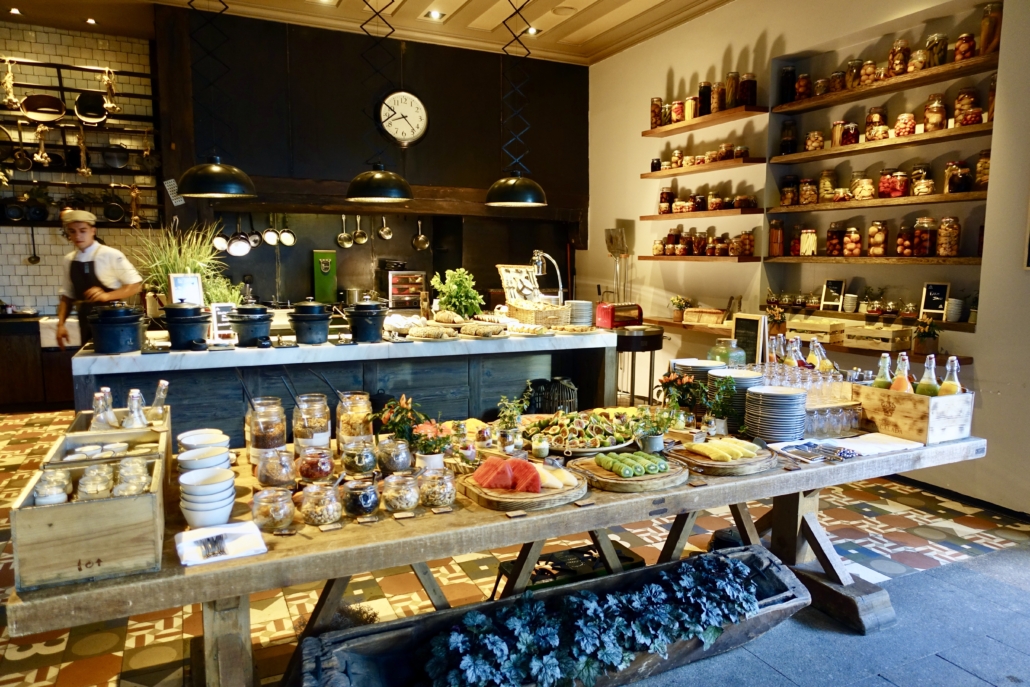
but also e.g. cut lemons. Think about providing silverware and napkins that come in a protective covering or the use of domes on plates for food protection.
Menu development and pricing
Review your offerings, your menu is your main revenue generation tool! Re-design your menu in consideration of social distancing, safety and health. Offer a smaller menu that you are confident you can serve well – and fast in case you opt for a fixed-timing dining. Review portion sizes and keep minimizing food waste in mind. Maybe focus also on including more positive nutrients on menus or reducing the volume of meat.
A no-go thing to do in times of Corona are any kind of shared plates or family style servings. Almost certainly guests want to have their own plates instead of sharing them with their fellow diners.
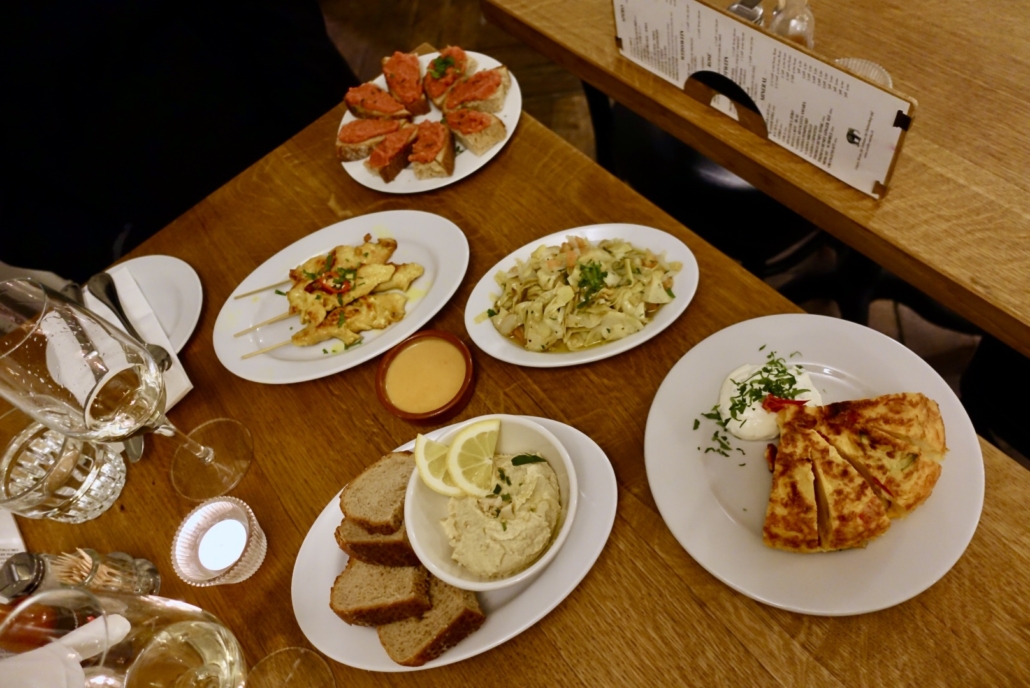
You might have to increase prices based on changes required. Be honest about this. Chances are that your clientele will understand it and will get used to the new situation.
Ordering and table service
Remove multi-use menus in favor of disposable paper menus. Of course, this is not the right thing to do from a sustainability perspective. It may also be that guests study the menu online before coming to the restaurant. An idea might be providing a QR code to be scanned so that you can view the menu on the internet. In medium term, investigate viewing menu and perhaps also ordering dishes via an app.
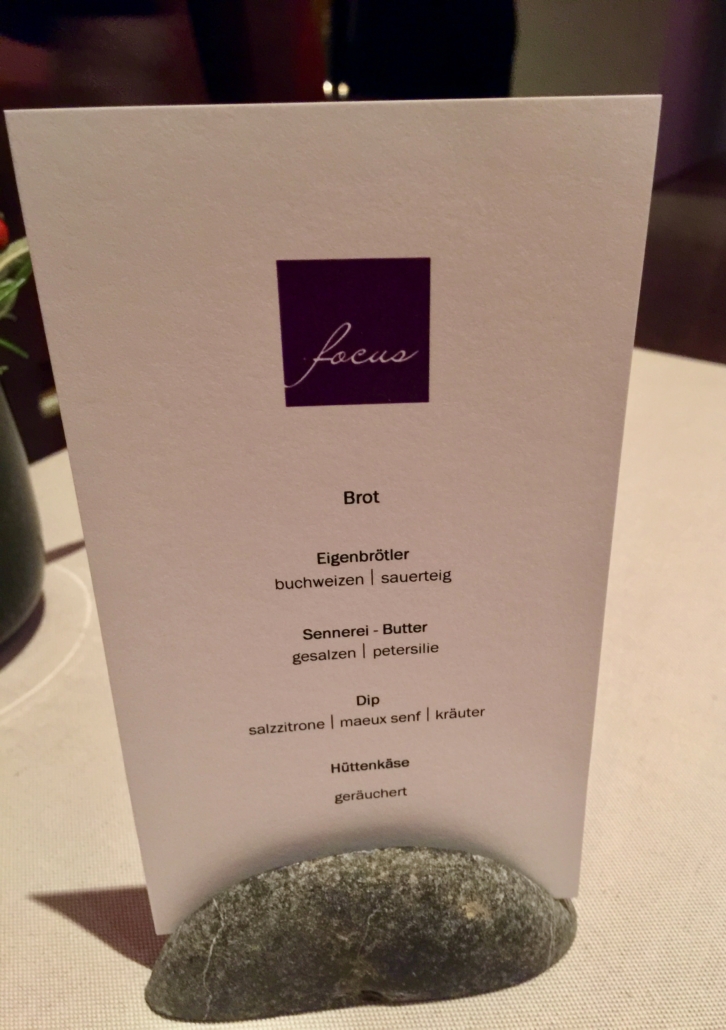
Make sure that staff wears face masks all the time and be screened for signs of illness. Try to allocate your employees in such a way that they serve the same table throughout a guest’s visit to minimize extra social contact. Allow customers to serve themselves wine and other beverages from the bottle.
In terms of bringing dishes to your clientele, consider ways to serve without getting too close, such as using a side table or asking guests whether they would like to move away whilst food arrives.
Adapting business models
Crisis demand new thinking and new solutions. It is time to get creative! Maybe you have already tried out delivery and takeout options when people were on lockdown because of Coronavirus. Why not make it an additional revenue stream if eating out habits remain changed for some time to come? Maybe you have already visioned about how the restaurant experience could be recreated in people’s homes.
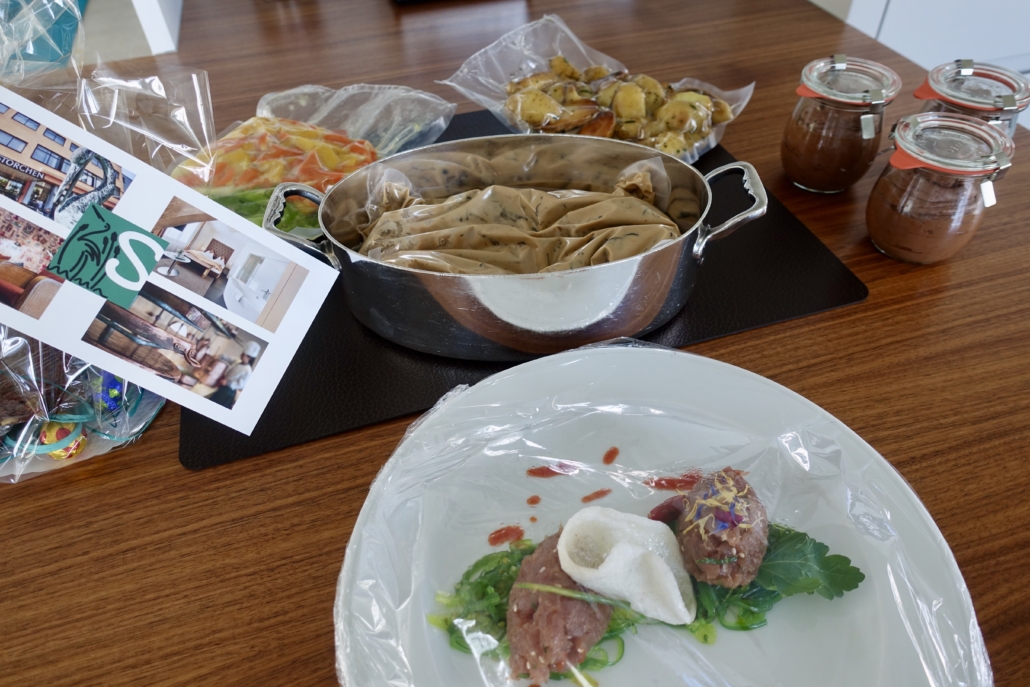
Revenue diversification may especially be a road to go if you are concerned about fronting the costs of reopening, only to be shut down again if cases rise.
As income from foreign travelers will not be an option for the time being, it is more important than ever that you cater to your local community. If you have loyal regulars, these will help you going.
Go your own way
People in the restaurant industry usually have opinions what works for them and their guests. As there is not a map for acting as restaurateurs in times like these, you have to make the best decisions with the terrain in front of you.
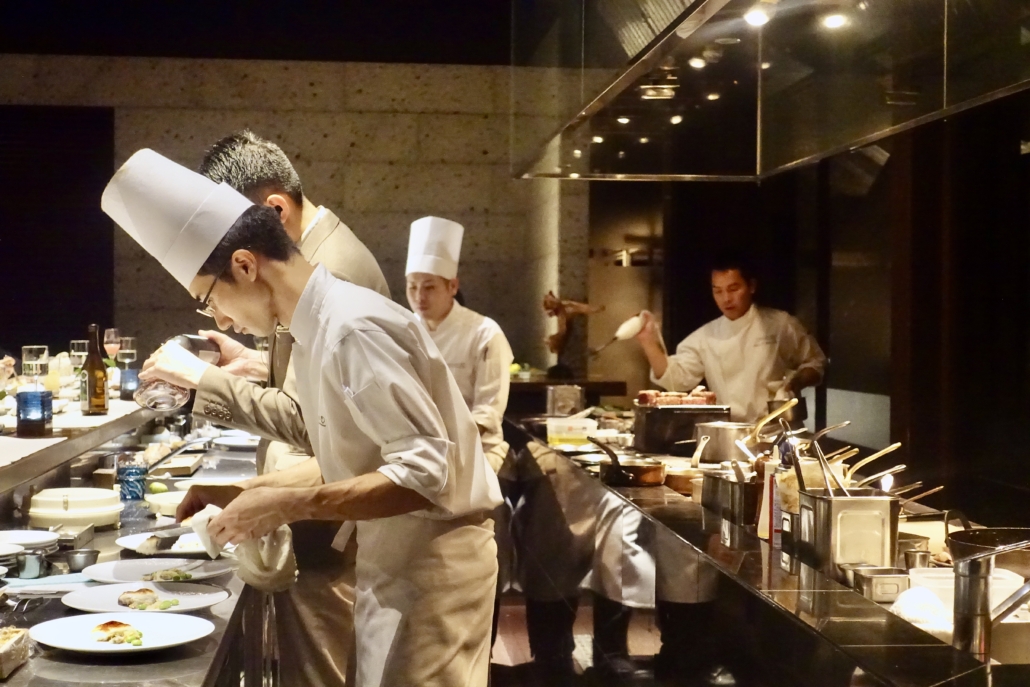
In the end, it will be a question of trust. If you have managed to build a brand and achieve integrity, people will trust you when you open the door again. And as examples show in Hong Kong, guests have accepted the new way of dining out in these times of Corona. They have got used to the “Corona restaurant regime”. It appears that they consider eating out still as a satisfying experience, although it might feel somewhat awkward.
Pin it for later
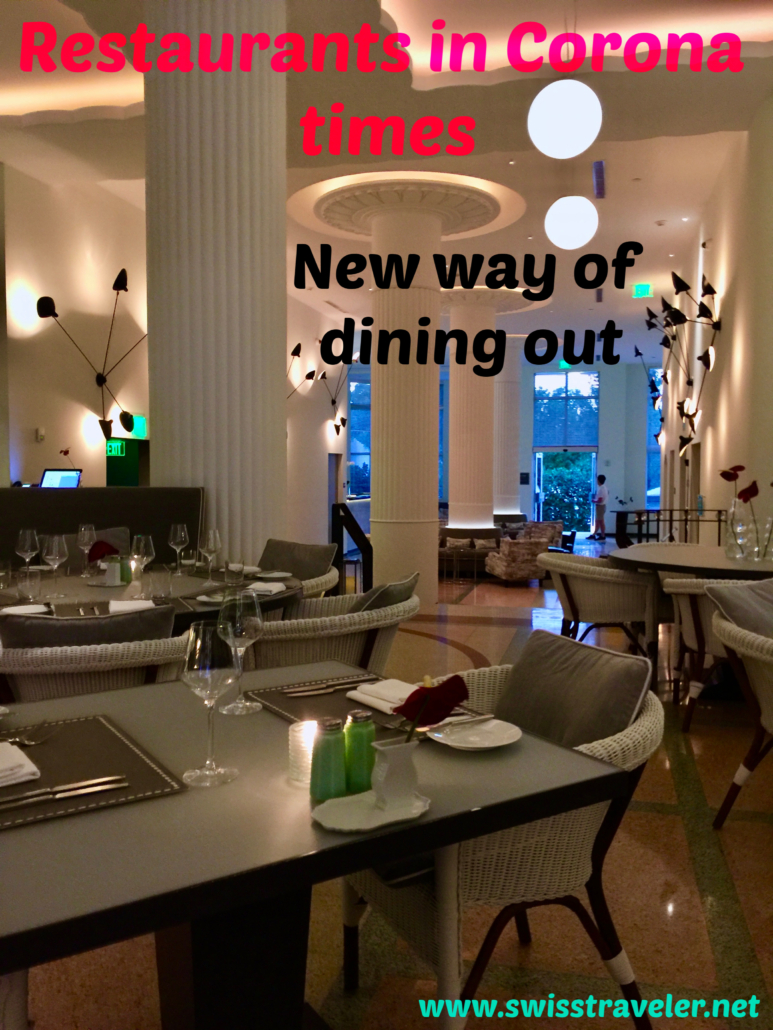
The post How will dining at restaurants look like in Corona times? first appeared on Swiss Traveler

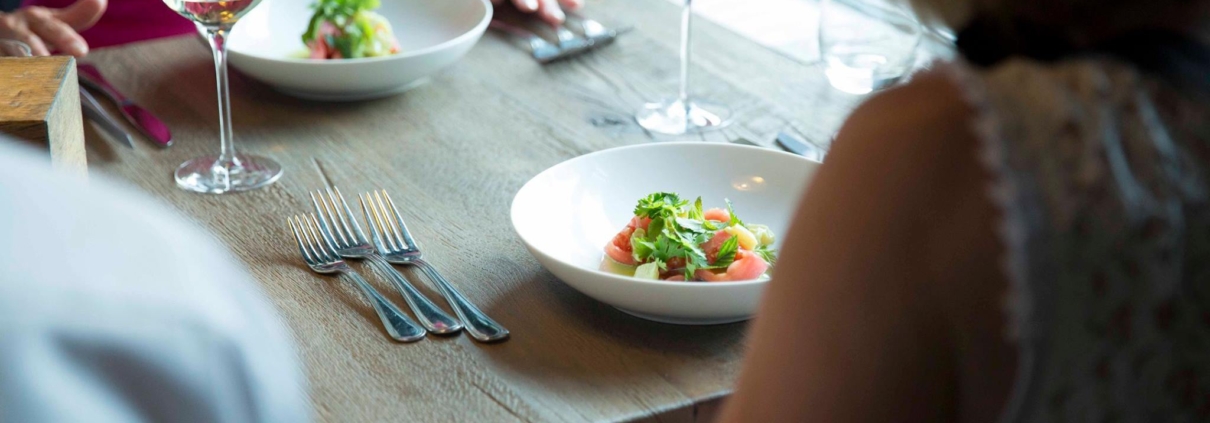








Leave a Reply
Want to join the discussion?Feel free to contribute!